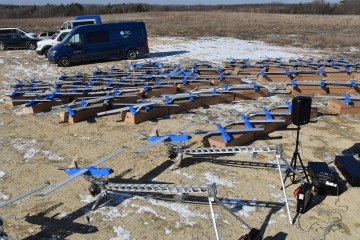- Category
- Latest news
North Korea’s Air Defenses Just Got a Major Upgrade—Thanks to Russia. Here’s What We Know
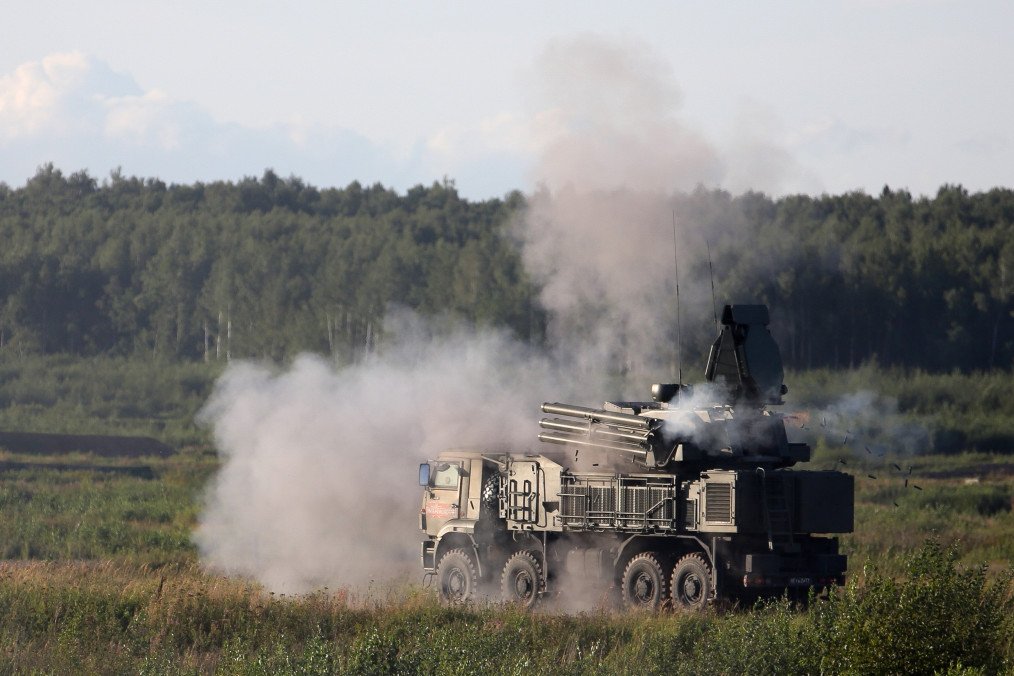
Russia has delivered a Pantsir-S1 mobile air defense system and advanced electronic warfare equipment to North Korea, according to a June 1 report by military outlet Army Recognition on June 1.
The transfer, including jamming systems, signals a significant escalation in the growing strategic alliance between Moscow and Pyongyang.
The development was first flagged by the X account KPA_bot on May 31 and later corroborated by a report from the United Nations North Korea Sanctions Monitoring Team, as cited by Asahi Shimbun, Army Recognition reports.
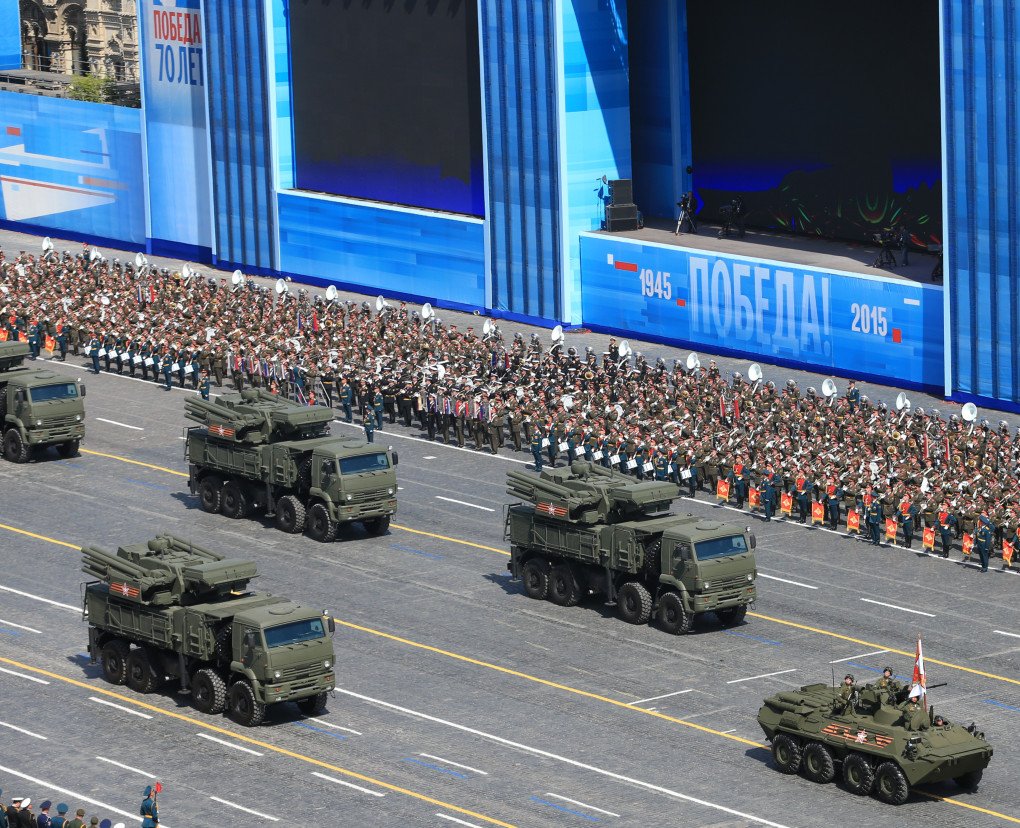
The UN report confirmed that Russian military technicians are now directly assisting North Korea in upgrading the guidance and targeting systems of its ballistic missiles—a move that underscores the deepening partnership between the two nations.
This arms delivery is part of a larger, reciprocal military exchange that has been steadily intensifying since 2023. In return for Moscow’s technological support, Pyongyang has reportedly dispatched over 11,000 military personnel, delivered at least 100 ballistic missiles, and supplied more than nine million rounds of artillery and rocket ammunition to support Russia’s invasion of Ukraine.
These actions violate multiple United Nations Security Council resolutions, but both regimes appear undeterred, choosing instead to forge a robust military partnership.
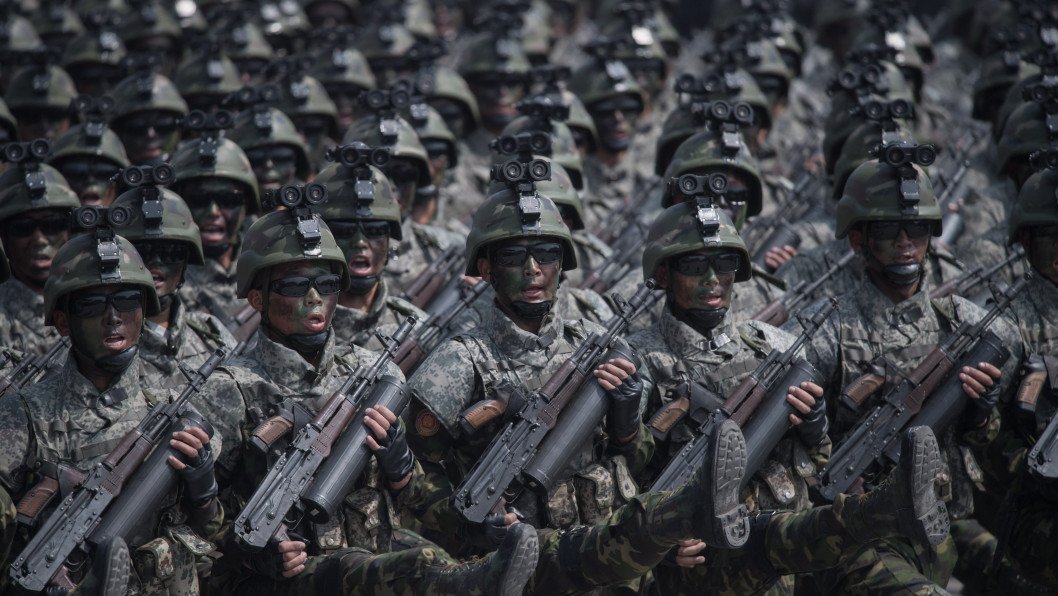
What the Pantsir-S1 brings to North Korea
The Pantsir-S1 (NATO codename: SA-22 Greyhound) is a highly mobile short-to-medium-range air defense system designed to intercept a wide array of aerial threats—including drones, helicopters, low-flying aircraft, and cruise missiles.
It combines twin 30mm cannons with a battery of 12 ready-to-fire 57E6 surface-to-air missiles. Its advanced radar-optical targeting suite enables it to engage multiple targets simultaneously within a 20-kilometer radius and at altitudes of up to 15 kilometers.
The system represents a major technological leap for North Korea’s air defense capabilities. Until now, Pyongyang’s air defense relied heavily on outdated Soviet-era systems such as the Strela-10, Strela-2, Igla-1, S-75 Dvina, S-125M1 Pechora, and S-200 Angara. These aging platforms have limited effectiveness against modern precision-guided weapons and fifth-generation aircraft.
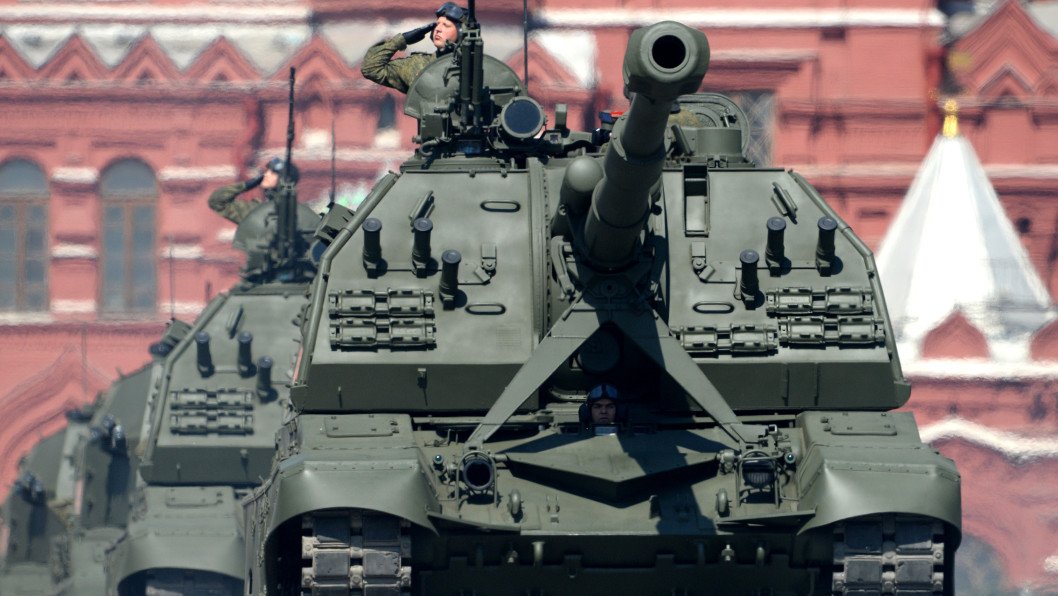
A history of quiet cooperation
The Russia–North Korea military relationship is not new. It dates back to the Cold War, when the Soviet Union was North Korea’s principal arms supplier. After a lull in the 1990s, cooperation resumed in the 2010s. Russia helped modernize North Korea’s radar systems, upgraded its artillery, and reportedly provided armored vehicle components and anti-tank weapons. Intelligence reports also pointed to clandestine transfers of high-temperature alloys and missile materials, facilitating Pyongyang’s rapid progress in solid-fuel missile development.
By 2019, Russian-origin naval electronics were spotted on North Korean patrol boats, and North Korean technicians were receiving training in Russia. Drone and navigation technologies were also reportedly shared, laying the foundation for today’s far more open alliance.
With the Pantsir-S1 and Russian military advisers now in North Korea, analysts expect Pyongyang to reverse-engineer the system for domestic production. Combined with Russian expertise in radar, electronic warfare, and missile telemetry, this could lead to a new generation of indigenous North Korean defense systems.
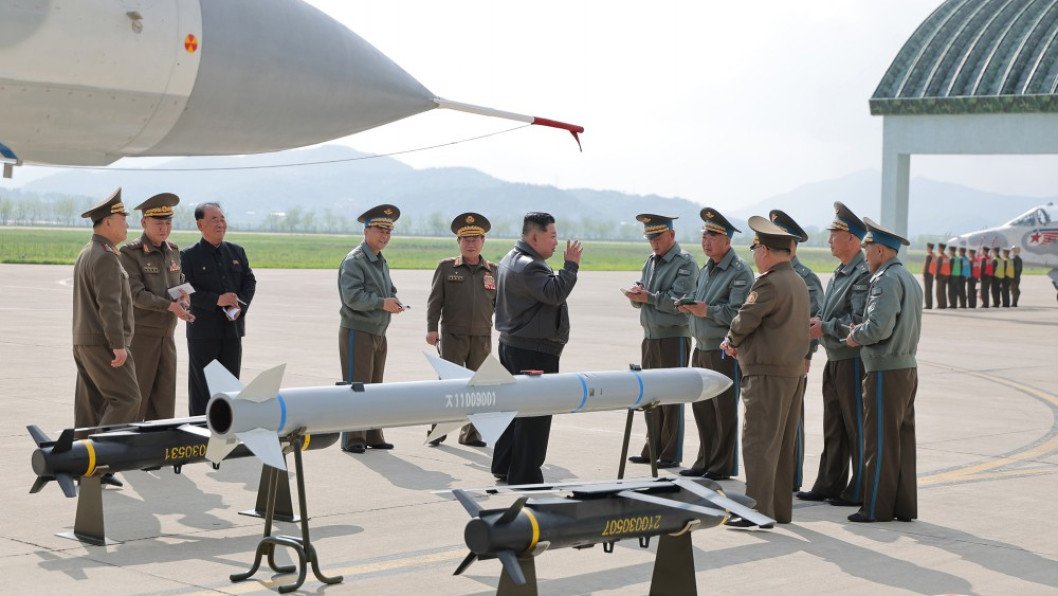
Earlier, reports emerged that North Korea rapidly expanded its nuclear weapons program and may now possess enough fissile material to build as many as 90 warheads, according to a report by the US Congressional Research Service (CRS).
The report also estimates that the regime has already assembled approximately 50 of them—more than double previous US assessments from 2023 and 2024, which placed the figure between 20 and 60.
The CRS attributes this accelerated progress to growing technical assistance from Russia, which has reportedly expanded significantly in return for North Korean weapons and even troops.
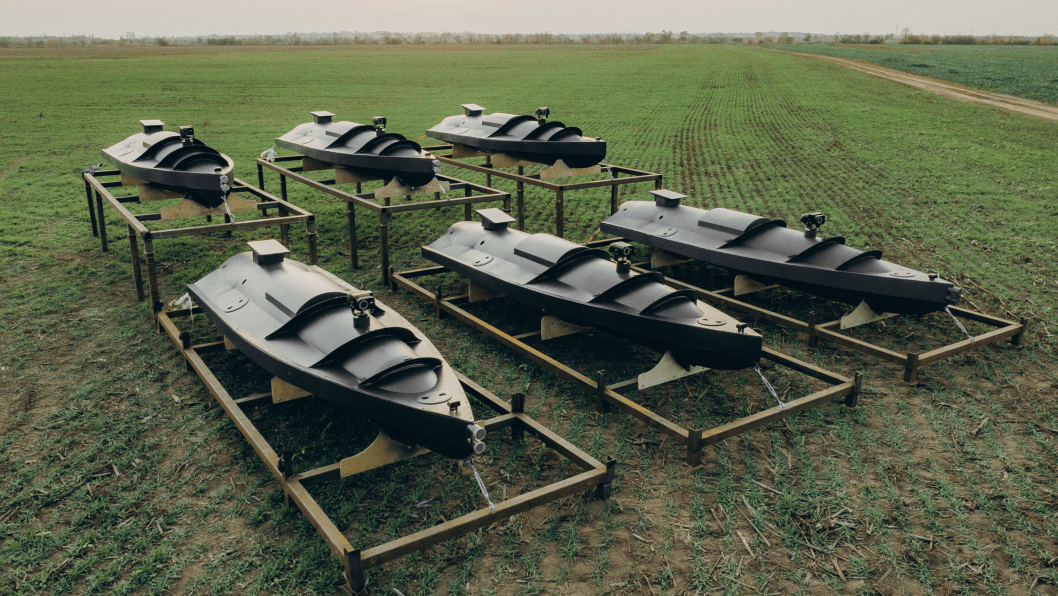

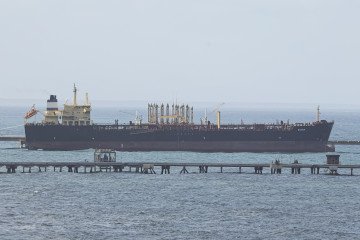
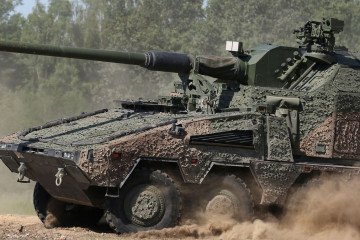
-111f0e5095e02c02446ffed57bfb0ab1.jpeg)

